
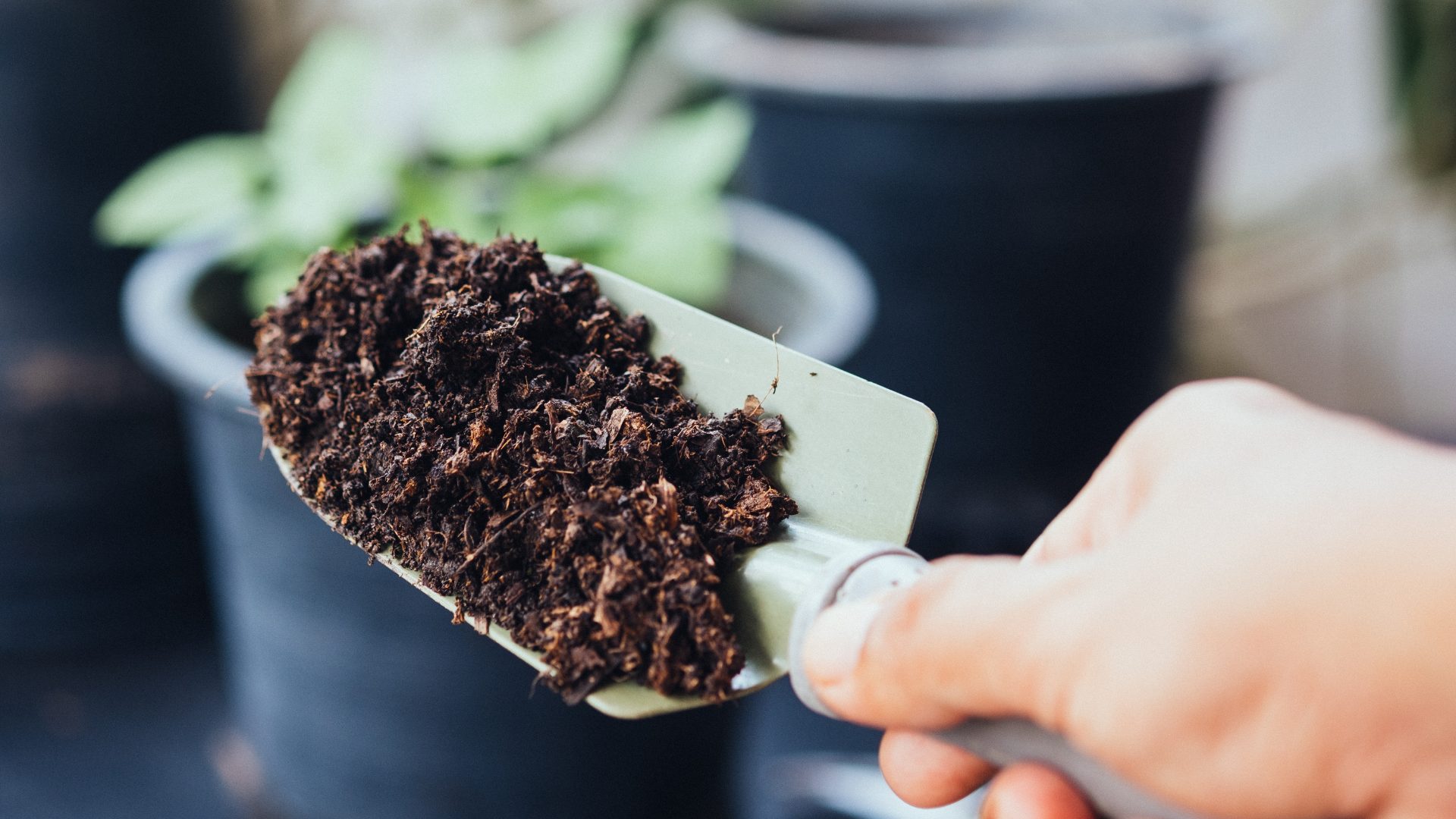
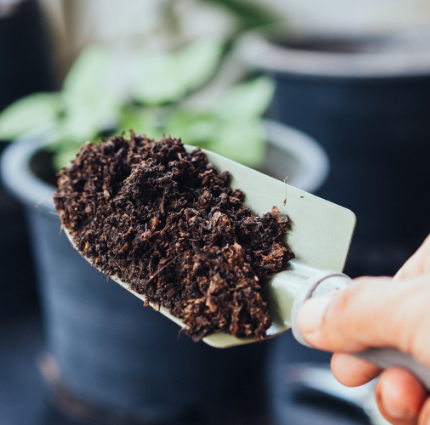
How to Use Compost
Establishing a New Garden
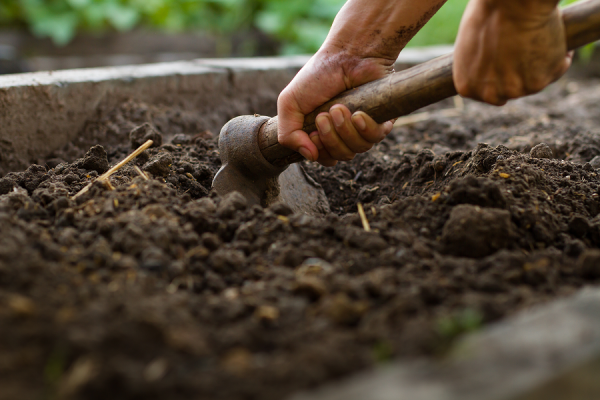
Compost should be spread evenly over the entire area at an average depth of 1-2 inches. Next, use a rotary tiller or shovel to incorporate the compost to a depth of 6-8 inches. Higher application rates of compost may be used if the compost is incorporated to a greater depth.
Maintaining an Existing Garden
To avoid damaging already established roots, add compost in a thin layer on top of your soil-like a mulch. This will help conserve moisture, suppress weeds, and add some nutrients into the soil.
Using Compost For Lawn Care
Top dressing your lawn can be done on an annual basis. Generally, the best time to do this is in the spring, just before the growing season. You will want to rent a core aerator to harmlessly remove small plugs of grass over your entire lawn. Next, spread the compost over your lawn in a thin layer (1/4”- 1/2”) and rake into the aeration holes.
Using Compost as Backfill For Planting Trees and Shrubs
When planting a new plant, you will want to dig a hole slightly shallower than and at least two times as wide as the container the plant came in. You should uniformly blend your compost with the existing soil you dug out. Your compost to soil ratio should be:
- One part compost, two parts soil or
- One part compost, one part soil (50/50 mix)
Educational Compost Videos
When you want to get started or learn more, you can visit our Get in Touch page and shoot us an email. Our inquiries are always answered by a real person with knowledge in the field.
Fact Sheets
Click to Enlarge:
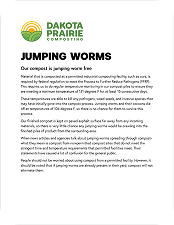
DPC: Jumping Worms
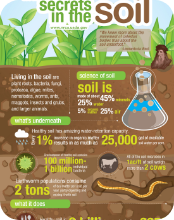
nrcs: unlock the secrets in the soil

uscc: greenhouse gases and the role of composting: a primer for compost producers

USCC: compost and its benefits

mncc: COMPOST USE FOR WATER MANAGEMENT & EROSION CONTROL

Mncc: COMPOST USE IN TURF ESTABLISHMENT & MAINTENANCE

Epa: Innovative Uses of Compost Erosion Control, Turf Remediation, and Landscaping

CREF: Increasing Soil Organic Matter with Compost









